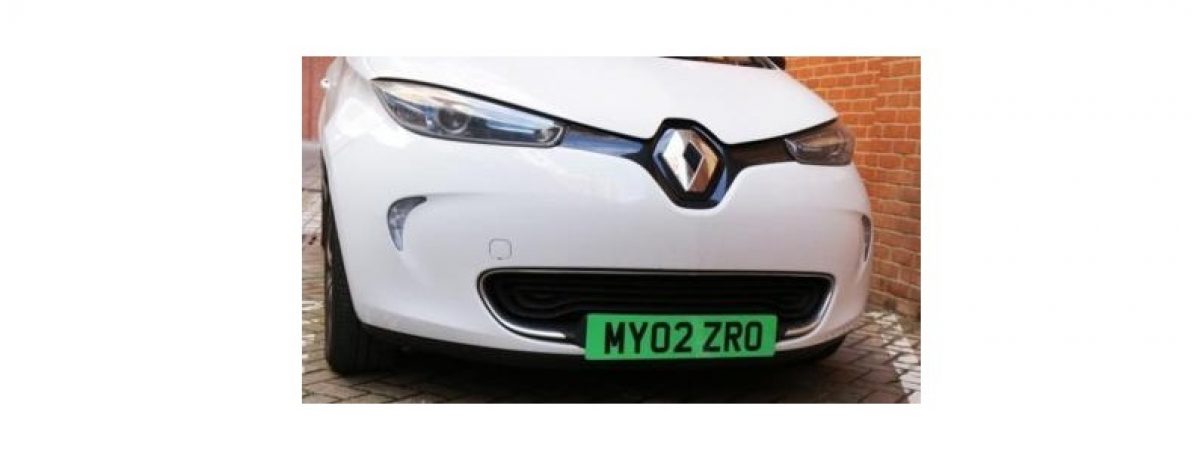
On Tuesday, the Government confirmed the outcome of its green number plates consultation, which could see them rolled out as early as autumn 2020. The plates will be used to help local authorities visually identify zero emission vehicles for local incentives and awareness campaigns, but how will this new scheme work?
Which vehicles will be eligible?
Green plates will only be made available to vehicles with zero tailpipe emissions, such as battery electric or hydrogen fuel cell vehicles – this means hybrids, including plug-in hybrids, will not be eligible for the scheme.
Eligible zero tailpipe emissions vehicle types will be cars, vans, taxis, motorbikes, as well as buses, coaches and HGVs. Green number plates will also be available to existing qualifying vehicles.
Are green plates mandatory?
The scheme will be non-mandatory, opt-out, meaning the plates will be encouraged and seen as the default option, but people will be allowed to choose not to have them.
How will green number plates be used?
The plates, which will feature a green flash on the left-hand side of the plate, are designed to help local authorities visually identify zero emission vehicles for the purposes of designing local incentives and awareness campaigns. The green flash will act as a soft enforcement measure for local policies.
The green flash design will be on the front and rear plates.
